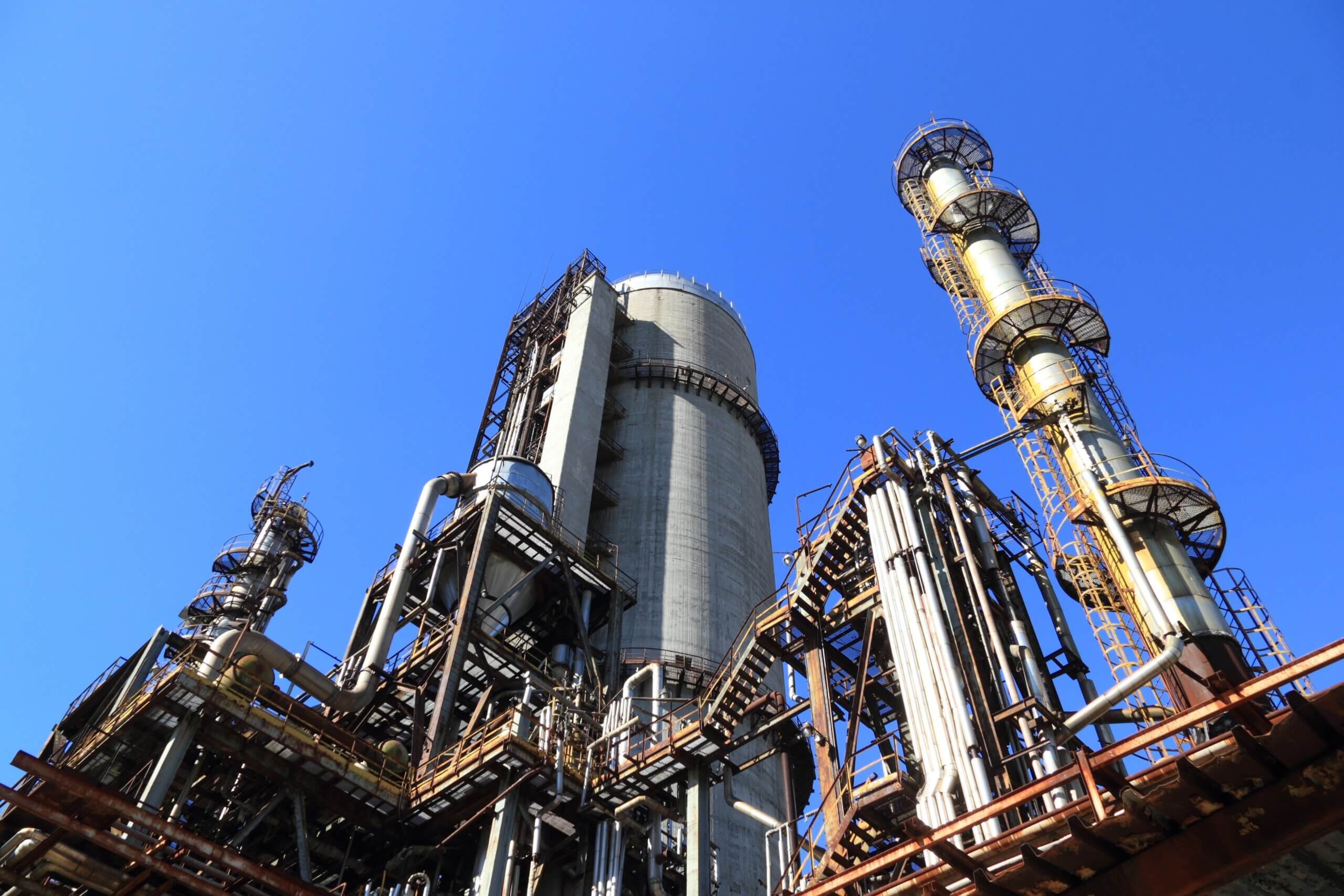On July 22, China’s Feroalloy Industry Association convened an emergency video conference with more than 40 manganese producers across the country. The Association leadership outlined the plight of the manganese alloy industry as a weakening steel market diminishes demand. And they confirmed that in response, Chinese manganese smelters would slash operations: They intend reduce production by over 60 percent, minimize purchases of foreign mines, and set about a broad belt-tightening process.
The drastic measures implemented by the China Feroalloy Industry Association offer a clear view of where China’s metals and minerals strategy leads: To a battery OPEC in Beijing’s hands.
China produces more than 90 percent of global manganese products, which run the gamut from battery-grade compounds for electric vehicles to steel-strengthening additives. 60 percent production cuts in China would therefore have drastic consequences for the international manganese market – and the industries that depend on it.
But the real significance of this decision is what it reveals about Beijing’s resource ambitions, and clout. The drastic measures implemented by the China Feroalloy Industry Association offer a clear view of where China’s metals and minerals strategy leads: To a battery OPEC in Beijing’s hands. For decades, the Chinese government has deliberately established a commanding position in international metals and minerals markets, especially those relevant to the new energy revolution. Now, Beijing is showing its willingness to leverage that position for market power. This should be scary. And it should prompt the US, its allies, and its partners to start investing, now, to defend against Beijing’s resource offensive; to ensure that China is not able to build monopolistic control over the critical upstream resources of an energy revolution.
For decades, Beijing has identified critical minerals and metals as critical assets in a new energy era – and has invested accordingly, at home and abroad. The Chinese government has supported its companies as they buy up international resources, especially those of limited and consolidated supply. In the Democratic Republic of Congo, which accounts for 60 percent of the world’s cobalt supply, Chinese State-owned companies have purchased a wide network of cobalt mines; China accounts for nearly 90 percent of the DRC’s cobalt ore and concentrate exports by value. Domestically, Beijing has aggressively invested in mining and processing, while also lowering environmental regulations in key industrial geographies, like Xinjiang, to support the effort. In 2019, China accounted for 64 percent of the world’s natural graphite output, 65 percent of refined cobalt compound production, and 60 percent of global lithium refining.
Beijing’s effort has paid off, in spades. In everything from batteries to solar panels, the energy sources of tomorrow depend on inputs from China.
Now, Beijing is consolidating – and flexing – this power. The decisions of the Feroalloy Industry Association show China leveraging industry organizations to shape markets. Elsewhere, Beijing is being even more forward: On Thursday, China consolidated some of its largest metals companies to form a new, massive State-owned conglomerate, with the explicit goal of increasing pricing power. In December 2021, Beijing created China Rare Earth Group Co., Ltd, integrating its largest rare earths companies into one giant for the same end.
Beijing’s effort has paid off, in spades. In everything from batteries to solar panels, the energy sources of tomorrow depend on inputs from China.
Beijing has long recognized that tomorrow’s energy will depend on a finite basket of minerals and metals and their value chains. If China can control those, it can control global industry – therefore cementing coercive leverage over markets and governments. The Russia-Ukraine war, and inability of an energy-dependent Europe to respond, underscores the implications. But China’s bid, and the corresponding risks, are even bigger. Russia accounts for only about 8 percent of global LNG supply and 12 percent of crude oil. For almost every critical mineral or metal, China has more than 50 percent market share in at least one node of the international value chain. And while Russia is a geopolitical spoiler, China is a great power challenger.
The good news is that it’s not too late. China has a head start in critical mineral supply chains, yes, and a significant one. But Beijing has yet to cement this advantage. The balance of power in the new energy revolution is only just taking shape. The US, its allies, and its partners can still compete. And they have competitive advantages: They still dominate the downstream of critical industry chains and boast legacy economic and geopolitical advantages. They are even beginning to recognize the imperative of restoring industrial capacity. But as they do so, they have to re-invest in, and even to start with, the upstream – before it is too late. Otherwise, tomorrow’s industry will be built on a Chinese foundation
Last week, on a visit to Seoul, Secretary Treasury Janet Yellen called for greater industrial cooperation between South Korea and the United States to counter China. She did so at LG’s Science Park, citing as recent successes LG’s planned investment in electric car battery plants in Michigan, Ohio, and Tennessee. She is right to point to that as a success. But LG Chem manufactures lithium-ion batteries in China and buys lithium from China’s giant Tianqi Lithium. Its plants in the US might constitute valuable investment and encourage new industrial capacity. However, they do not shore up US, or South Korean, dependence on China. To do that, the US, its allies, and its partners need to look upstream.
(Photo by Pexels)



